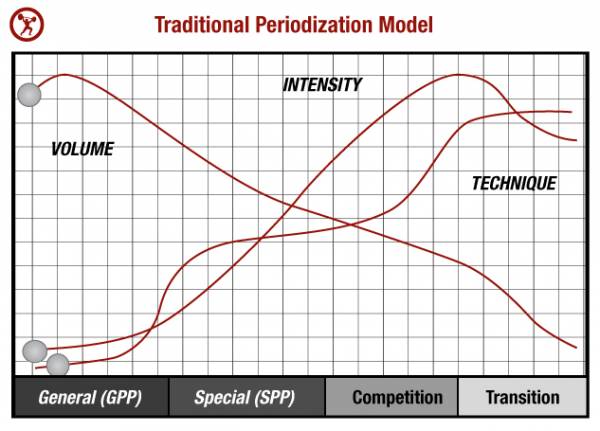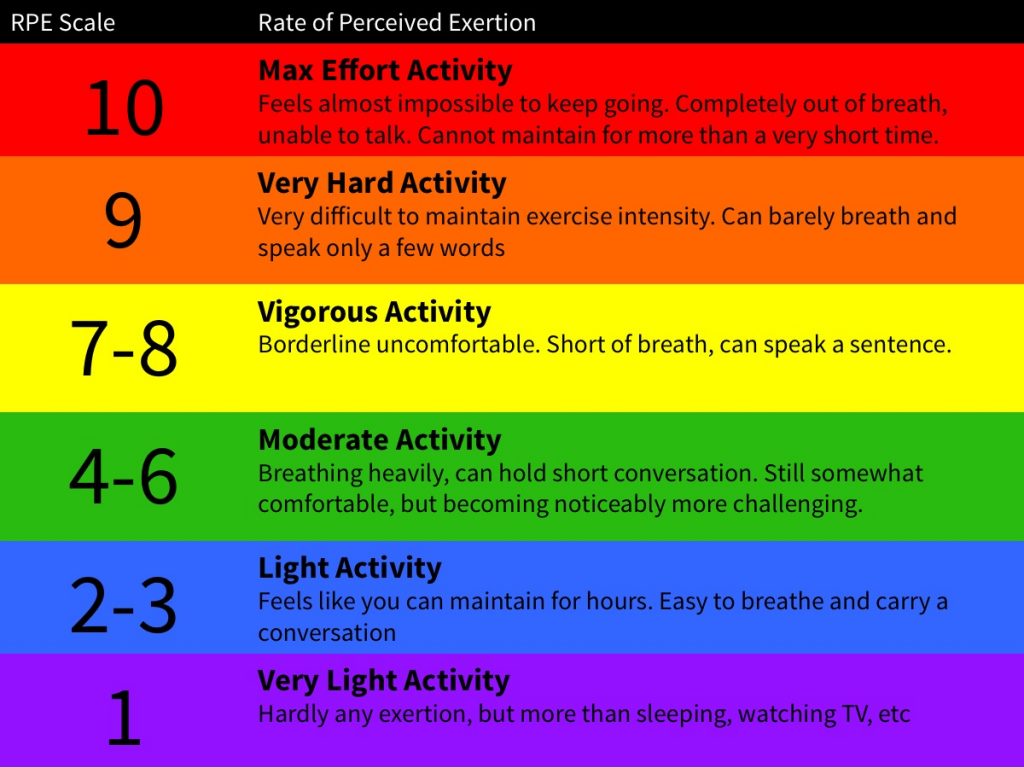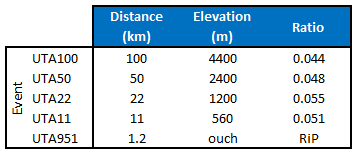With a little under two months many Ultra-trail Athletes are glancing at the hourglass watching a passage of sand accumulating at the bottom of the ampoule.

It wouldn’t be unusual to respond to the pressure of your looming challenge by hitting the trails harder than ever – but is that really the right thing to do?
In this post we’ll touch on the basics of periodisation to help guide your immediate and future focus.
Decrease volume,
Other than one last ‘Super Sunday’ you should, on the whole, be reducing your weekly training time and distance.
Aerobic conditioning is a long process and the vast majority of your overall ‘fitness’ has already been established. Little time remains to affect measurable changes to your aerobic capacity. The ability for your body to deliver oxygen laden blood to muscles comes from months and years of easy training, not a few crammed weeks prior to race day.
Aerobic training now is mostly about maintaining what you have already established.
If you’re supposed to be running less, what should you be doing to get the best possible return on your investment of time and energy?

Increase intensity,
While there is insufficient time to develop your aerobic capacity, there is ample time to develop muscle and improve running economy. You can establish muscle in as little as a few weeks so now is a great opportunity to switch focus to training that strengthens your body and increases your speed. Repetitions, Intervals, Fartlek training should become a regular staple and if not previously, now is a great time to visit intensities above your Lactate Threshold (roughly 80%maxHR). Look to add 2 purposeful effort sessions into your training week and make them a priority ensuring sufficient recovery precedes them so you arrive to each ‘fresh’ for the challenge.
If you consider your aerobic fitness the foundation of the building, speed work is the walls and roof. Your fitness will dictate what training you can absorb at this point and precisely what to focus on can be a complicated path best guided by a skilled and knowledgeable coach. If you don’t have one now, consider getting one for the short road to race day.

Increase Specificity,

As athletes transition from the “General Preparation Phase” to the “Specific Preparation Phase” we look to integrate terrain and elevation considerations into training.
Much of your easy running should now replicate the same distance/elevation ratio that you will face in May which for Ultra-trail Australia means the shorter your race distance, the more vertical gain you’ll get. If you’re training for UTA100, look to incorporate around 440m of elevation gain every 10km. For UTA22 it’s as much as 550m gain every 10km of running. Replicate that so it isn’t foreign to you on race day.
By now Terrain Specificity should be nothing new to most athletes and many will have had time on the actual course. If not – think about what preparation you can do now to condition yourself to the running surfaces of the Blue Mountains. Stairs should be a consideration of course however there is much more to Ultra-trail than just stairs. Cover all facets of the course from the Jamieson and Leura fire trails, the Federal Pass single track, and the monster Kedumba descent.
Build Maximal Strength,
The benefits of strength training are significant and the importance of this for Ultra-trail Australia must not be understated. If there were one thing we’d encourage athletes to work on right now it’d be strength training. Strength endurance (high repetition, low weight) is the foundation for strength training and those with some established discipline in this area should now be focusing on Maximal strength (low repetition, high weight). As we progress through the “Specific Preparation Phase” you should also look to incorporate an increasing amount of plyometric/explosive strength training. For now though, get into exercises like weighted squats, weighted step-ups, seated calf raises or single-leg bent-knee calf raises. A good ASCA qualified S&C coach or IAAF registered coach is an excellent guide here.

Consider Strength Specificity,
All Ultra-trail Australia courses serve up significantly varied elevation challenges. Sharp climbs, lengthy undulations and massive downhills. With so much focus on stairs and climbs, often overlooked is the cumulative loading effect of downhill sections.
Carefully incorporate some eccentric unloading exercises. Depth jumps, jump squats or occasional ‘hard downhill’ running to help develop some conditioning to the deceleration forces. Incorporate some purposeful downhill training or think about gradual unloading exercises in the gym. The downward movement in your squat is just as important as the upward movement.
